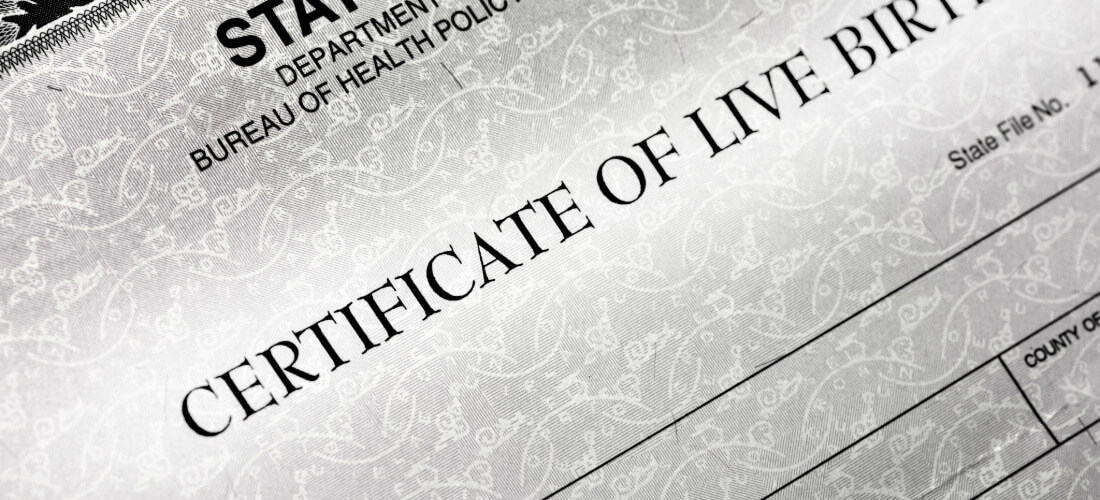
[This is part of an ongoing series of articles around community engagement for local government. Read our previous article here.]
You don’t have to look too hard to see that Americans’ trust in government is near historic lows. The PEW Research Center reports that just a quarter of Americans trust the federal government to do what is right “always” or “most of the time.” A Gallup poll found that just 39% of respondents trusted the federal government, 57% trusted state government, and 66% trusted local governments to handle the problems that fall within their jurisdiction.
While trust in government is higher at the local level than it is at the state or federal levels, it is still important that local agencies take proactive steps to improve the relationship they have with their citizens. There can always be more done to improve citizens’ trust in government, and doing so is more important than ever when taking into account the data from these polls.
One of the best ways trust can be built back up is through engaging with citizens, and the digital space offers a lot of opportunities to do so. To maximize the effects of this engagement, your agency needs a digital engagement plan. Putting a digital engagement plan in place ensures every member of the team is on the same page, and following SMART goals for community engagement will help your campaigns be a success.
Building a Digital Engagement Plan
Your digital engagement plan should start by defining objectives, identifying your audience, and creating a presence that goes beyond just your agency’s name and services. From there, your digital engagement plan should factor in the best digital channels for the content you create, and ways automation can be utilized.
You should also familiarize yourself with re-engagement strategies to ensure your community engagement can be sustained. If you’ve taken your time coming up with a comprehensive digital engagement plan and followed these steps, you’ll be able to help restore trust in government while also inspiring citizens to get more involved in government and their communities with the content you create.
Set Objectives
While your ultimate goal may be to restore the population’s trust in government, that’s too vague to be an objective. Success will come down to reaching a measurable goal, so set a baseline and give your agency an outcome to benchmark against.
Identify and Segment Your Audience
Unlike business-to-consumer or business-to-business-focused organizations, governments have a very diverse audience. You’ll be communicating with people from different races and cultural backgrounds, different levels of educational attainment, and different belief systems, so the more information you have about them, the more successful your communications will be.
Focus on Public Perception
It’s clear that the public perception of governments isn’t overly favorable at the moment, so a digital engagement plan should focus on improving that perception and building a reputation citizens can trust.
Communicate with Messages that Resonate
People have shorter attention spans, so it’s critical to capture and hold their attention quickly with messages they care about. Some recommend driving awareness and engagement through social media channels to your website with “teaser” content that’s easily digestible.
Engage Often
Use email, mobile, and social channels to engage with your audience often so your messages will be better positioned in their minds.
Analyze, Rinse, Repeat
After a campaign has been launched and completed, use analytics to see if your objectives have been reached. SMART goals for community engagement can be used in this analysis. Use these insights to improve future communication strategies and repeat the process after your next campaign.
SMART Goals for Community Engagement
SMART goals for community engagement are a good tool to use when determining whether or not a campaign was a success.
- S: Specific – The who, what, where, and why of your campaign.
- M: Measurable – What analytics and data will you use to measure the outcome of a campaign?
- A: Actionable – Do you have the resources necessary to match what you hoped to accomplish?
- R: Realistic – Was your objective reachable?
- T: Time-bound – Is your objective bound within a specific time?










